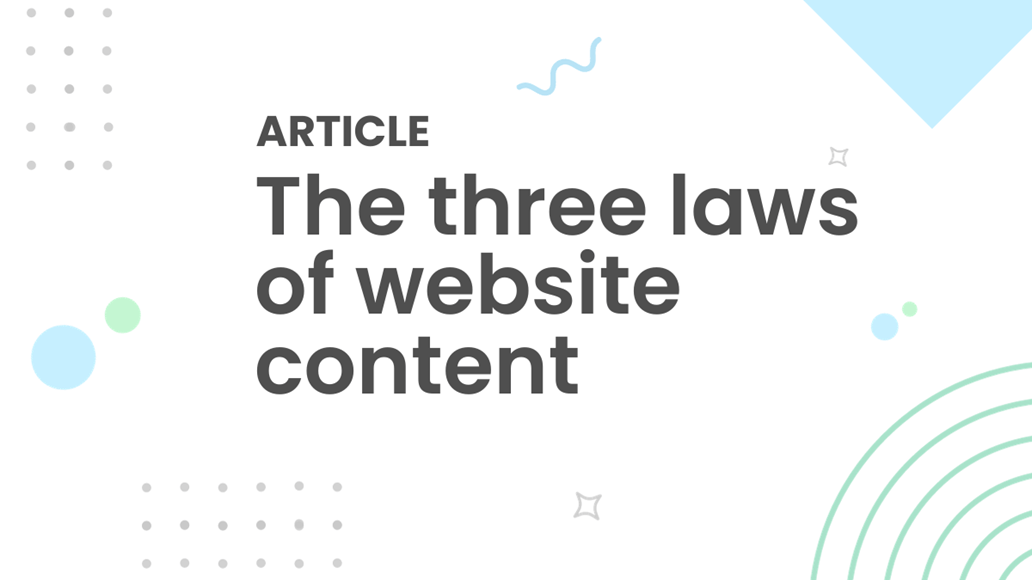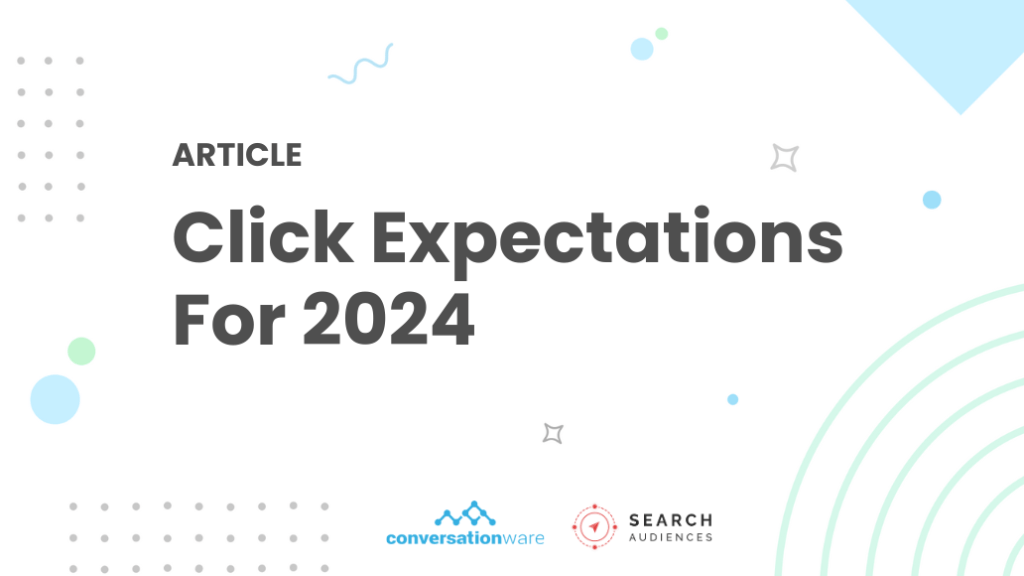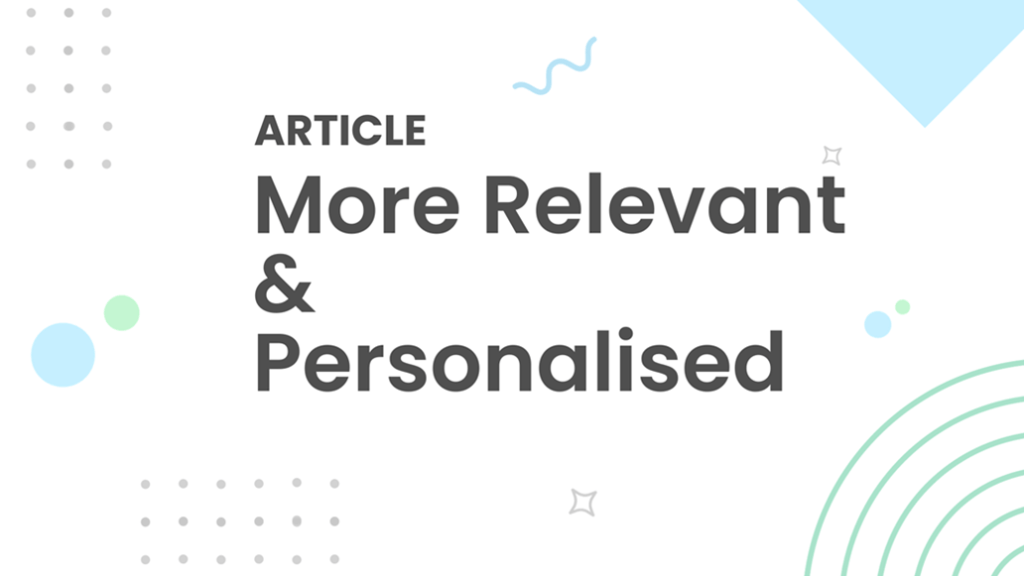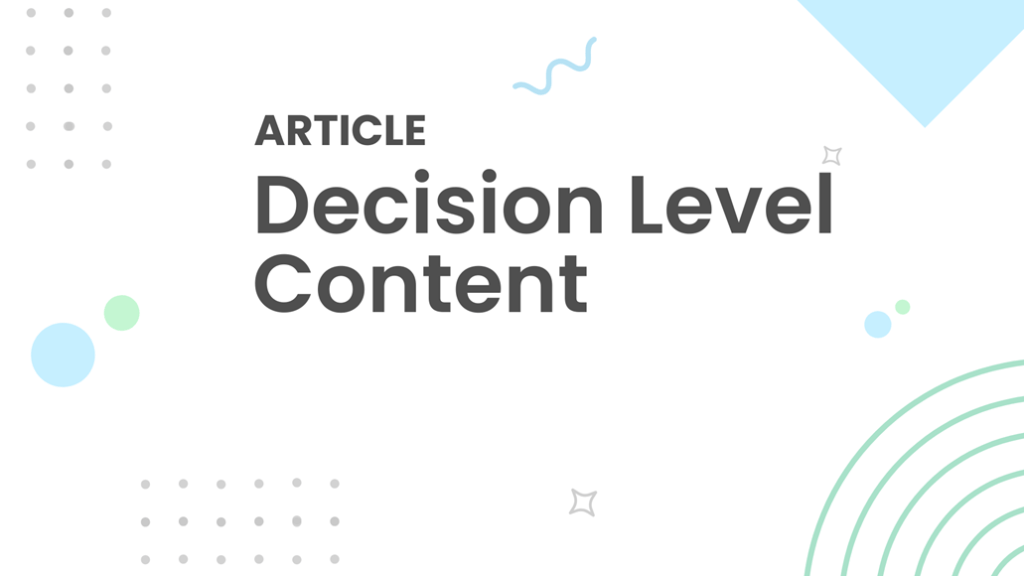
How to Build A Website 2023
The better we understand our website visitors, the better we design our web communications.
We finally made a framework for this, and I’m looking to use it on some willing test subjects (10-minute export). It’s how to use site data to plan content. We try to understand this visitor data better than anyone else.
It’s a courtesy-based philosophy.
Listening before talking
Search visitors (often 90% of all website visits) are giving us their attention – it’s up to us to want to respond. The data about what they searched for is freely available but rarely used for planning communications and websites.
Partly, the data is tricky to ‘see’ as it’s mixed up together like a bunch of cables. And partly, it’s hard to interpret even once you’ve untangled it. You need a cypher.
So we made that. Then, we made it actionable by creating some content laws!
The three laws of website content
Turning listening into actionable content development.
- Exactly match content to each visitor search
- Write for the level of intent, the decision journey stage
- Group content around topic and niche audiences
A bit of explanation
Law 1: matching the search
Active listening, matching what each visitor searches for, is courteous.
Titles, descriptions, URLs, headlines, breadcrumbs, and sub-menus. All signals. It is a page dedicated to their search. It shows we are listening intently. That first impression of relevance grabs those visitors and then attracts more. It’s effective.
Notes:
- We need a lot of pages to reach this level of courtesy.
- Picking the most valuable ones first is where we can help.
Law 2: Write for intent, the decision journey
‘Intent’ is something very unclear. It means the likelihood of ‘doing something’. And, therefore, a useful signal for marketing. Doing what, though? It helps to know that.
We call it a decision journey because most visitors are interested in making decisions. That is their intent in ‘doing’ something.
Before every action is a decision or two.
The decision timeline
- Should I be interested in this and why?
- Is it worth doing?
- Articles to inspire, motivate and breed confidence
- How is it done? Is it for me?
- Which way, out of all the ways, should I choose
- What service levels are there
- What do I get, product features and benefits
- Who shall I work with, and why
These steps demonstrate, generically, that visitors’ intent at each stage is a different decision. The first decisions are more about selling ideas.
Many organisations think only about selling features and benefits. The last decision is the most important (most valuable search).
Sometimes, you see gaps. That’s useful because it’s hard to see the absence of something if you’ve never seen it.
Sometimes, we see the different decision levels in the timeline represented in specific searches. When that happens, we can land people in a place that both interests them and delivers timely messaging.
Note:
The wrong content at the wrong time might feel too pushy or not pushy enough. The content doesn’t change; the level of interest does. Are your visitors in the right place? Topic navigation is becoming a thing.
Law 3: Group content for topic and niche audiences
The primary unit of visitor interest is the topic. We don’t yet build websites around topics, but we should. It would show that we’re listening and helpful. It’s the visitor’s interest, their conversation.
We serve visitors by grouping our content around their topic and making it easier to find the next step. If we don’t, we could be talking over them instead. The topic audience nearly always wraps around the decision timeline above. All arrive at different times. A single keyword is hopelessly out of context.
We look to build two types of relevance hubs to serve visitors better.
Topic hubs: Surrounded by content on the same topic
Audience hubs: Aspects of who they are for content personalisation: Industry, | role, etc.
Topic hubs cover the buyers’ decision journey
The right message at the right time delights visitors
Exact topic keywords don’t give enough information to go on, but group the content together, and they can find their path through the sub-content. A hub page can direct people, acting as a guide, asking questions, and putting the answers on the page as links.
Audience hubs to match the niche.
Salespeople change the conversation based on who they are talking to, and so should websites.
If searchers include a niche, industry, role, or location, for example, it represents their primary need for a relevant page. In case that’s interesting, it also multiplies the click’s value by a lot.
The outcome of courtesy
Focus on visitors and the next step in their journey, and you will get more traction.
When you are perceptive enough of the decision timeline, you can start to plan content without keywords; you can plan the conversation. Things feel different and purposeful. You know what to do next.
We listen, we get relevant, we personalise.
We build websites in a different way.
Any Questions?







